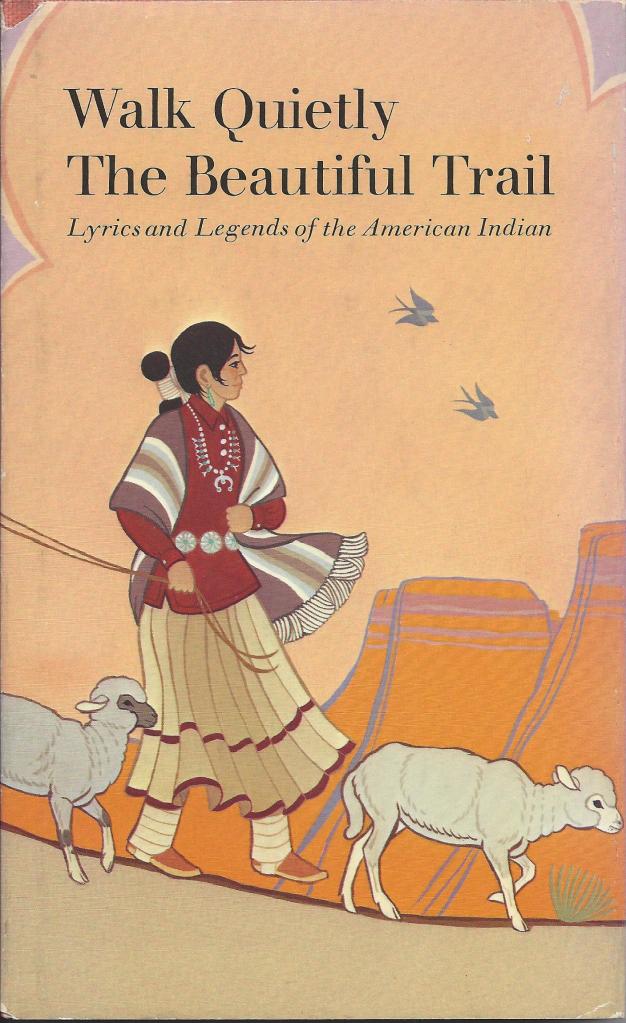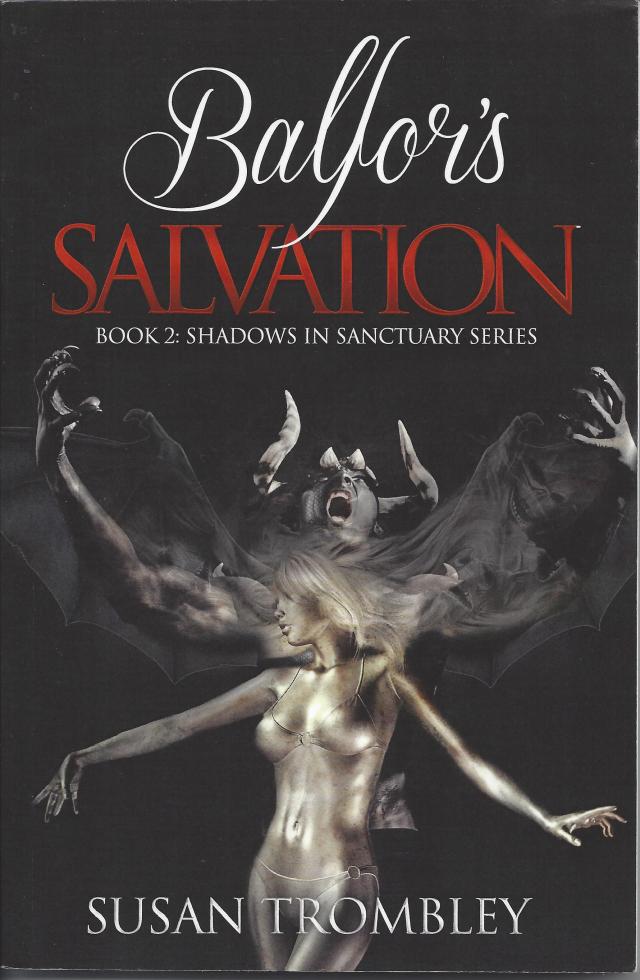
It’s common advice in writers’ workshops that adverbs should be replaced with active verbs whenever possible, and that you shouldn’t use too many adverbs. But how many adverbs is too many? I decided to find out.
My Methodology
I went to three respected literary magazines and randomly selected the following three stories:
Bogdonoff, Nathan. ”Indoor Animals.” New England Review, Vol. 39, No. 4 (2018).
Li, Yiyun. “All Will Be Well.” New Yorker. 11 March 2019.
Roth, Philip. “Goodbye Columbus.” Paris Review, Issue 20, Autumn-Winter 1958-1959.
I copied and pasted the stories into Word, searched for “ly” and highlighted the adverbs in blue. Then I copied the phrases or sentences in which they appeared into a separate document, and counted the number of occurrences (no, I am not always this OCD).
Then I averaged the three to find a good target number (okay, maybe I am always this OCD). In all three instances, the number of adverbs represented less than 1% of the total number of words in the story.
What I Learned
Adverbs should represent less than 1% of your total word count.
When you do use an adverb, it should be to describe an action for which there is not a better verb. Examples:
- “I never called ahead, and rarely had to wait” – we don’t have a verb that expresses waiting as a rare occurrence.
- “I may say it a bit too ringingly, too fast, too up-in-the-air, but I say it” – again, there’s no particular verb to express this particular style of speaking
- “The fawn is peeing, steadily and unabashedly, all over the floor.” – I don’t mean to be gross, but we don’t have a polite verb for sustained or shame-free urination.
Sometimes, adverbs are used deliberately for effect:
- “these were my most tiresome traits, and I used them tirelessly”
- “They looked like two lambs, impeccably prepared by their elders as sacrifices to appease a beast or a god.”
Sometimes it seems to be about characterization or voice:
- “She dove beautifully”
- “The darker it got the more savagely did Brenda rush the net”
- “I wasn’t entirely free from the demands of stating my opinions”
Adverbs also appear to be commonly used to express time:
- rarely
- finally
- suddenly (which should be used sparingly, BTW)
- recently, etc.
Click here to see the data set.













